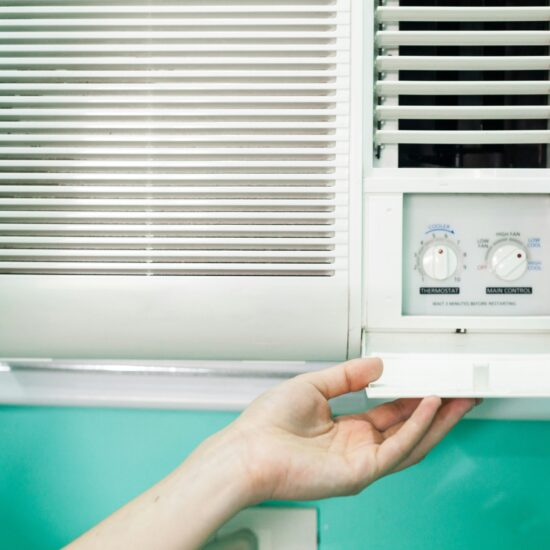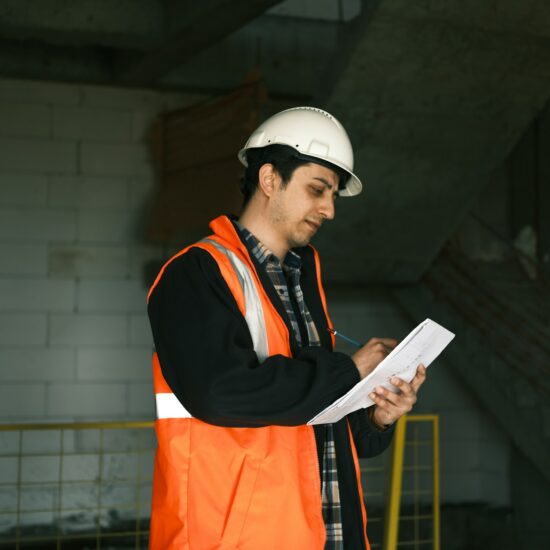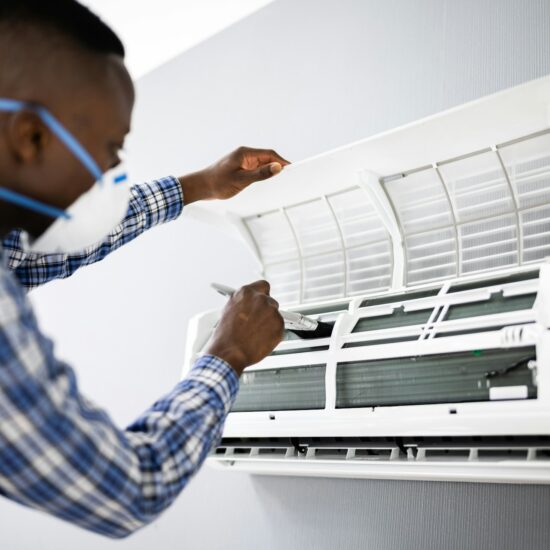When preparing for a furnace installation, an understanding of the process is crucial to ensuring a smooth transition to your new heating system. The investment in a new furnace involves not just the selection of an appropriately sized and efficient unit for your home, but also the anticipation of the logistical details that accompany such an installation. With an average cost that typically ranges from $2,500 to $7,500, depending on various factors such as furnace type, size, and your region's labor rates, it's essential to be well-informed about what lies ahead.
As you prepare for installation, it's important to assess your current heating needs and inspect your existing heating system. This includes factoring in the size of your home, local climate, and budget, as well as attending to any repairs or cleaning of your ductwork that may be necessary. A professional contractor will likely perform a meticulous inspection of your home to determine the correct furnace size and ensure that the equipment fits your space and meets your heating requirements, as improper installation could lead to a significant loss in system efficiency.
Your preparation will contribute to the efficiency and longevity of your new furnace. It's vital to ensure the availability of clear access for your installer, and any necessary electrical and gas connections are prepared ahead of time. These preparatory steps, as well as knowing what to anticipate during the process, contribute to a successful installation and the ongoing performance of your furnace system.
Understanding Furnace Types
Before deciding on a new furnace, it's important to understand the differences between the various types available. Each type offers unique operating features that suit specific heating needs and preferences.Single-Stage Furnaces
Single-stage furnaces have one operating level: full blast. They're simple to operate and may be less expensive upfront. When you demand heat, they turn on at full capacity and turn off when your home reaches the desired temperature. This all-or-nothing approach is straightforward but can lead to potential fluctuations in home comfort.Two-Stage Furnaces
Two-stage furnaces provide a more refined heating experience, with two levels of operation: low and high. Most of the time, they run on the lower stage to maintain a consistent temperature, which can be more energy-efficient. When temperatures are extremely low, they switch to the higher stage for more powerful heating. This balance can offer increased comfort and efficiency over single-stage models.Modulating Furnaces
Modulating furnaces can adjust their heating output in small increments like a dimmer switch. With the ability to fine-tune the heat production, these units offer the highest level of energy efficiency and consistent indoor comfort. Modulating furnaces consistently adapt to your home's heating requirements, providing just the right amount of heat at any given moment.Evaluating Home Heating Needs
When preparing for a furnace installation, understanding your home's specific heating requirements is crucial. Let's examine the factors that contribute to an efficient heating system.Calculating BTUs
To determine the right furnace size for your home, calculate the British Thermal Units (BTUs) required. Here's a formula you can use:- Total Volume of Your Home: Multiply square footage by the height of each room to find the total cubic feet.
- Climate Zone BTU Factor: Assign a BTU factor based on your climate zone, ranging from 30 to 60 BTUs per cubic foot.
- BTU Calculation: Multiply your home's total volume by the climate zone BTU factor to get the estimated amount of BTUs needed for your furnace.
Inspecting Ductwork
Proper ductwork inspection is essential as it can impact your new furnace's efficiency. Look for the following:- Leaks: Check for any leaks, and seal them if discovered.
- Size and Layout: Ensure that the duct size and layout match the new furnace’s capacity to prevent airflow issues.
- Obstructions: Remove any obstructions to maintain unrestricted airflow.
Assessing Insulation
Assessing your home's insulation, especially in key areas, will aid in retaining heat and requires the following steps:- Check Insulation Levels: In the attic, walls, and floors, look for the recommended R-value for your climate zone.
- Identify Gaps: Find and seal any gaps around doors, windows, and places where pipes enter your home.
- Ventilation: Ensure proper ventilation to avoid moisture problems that can impact insulation effectiveness.
Choosing a Furnace Installer
Selecting the right furnace installer is crucial for a smooth installation process and long-term system reliability.Verifying Credentials
Ensure the installer is licensed to operate in your area. Ask for their licensing number and check it against your local government's database. They should also carry insurance to protect your property during installation.Reading Reviews
Look for customer feedback on platforms like Google, Yelp, or the Better Business Bureau. Pay attention to comments about the installer's professionalism, punctuality, and quality of work.Comparing Estimates
Obtain itemized estimates from multiple installers. These should break down the costs for the furnace itself, additional parts, and labor. Compare these estimates to see which installer offers the best value for the same level of service.Preparing the Installation Area
Before the installation team arrives, it's critical to prepare the space where your new furnace will be placed. These preparations will help ensure a smooth and efficient installation process.Clearing the Workspace
Firstly, you should clear the area around your old furnace. This means removing any:- Storage items: Boxes, shelves, or containers
- Obstructions: Furniture or tools
- Household debris: Sweep and vacuum the floor
Ensuring Ventilation
It's important to have good ventilation in the area where the furnace will be installed. Make sure to:- Open windows in the immediate area, if possible, to provide fresh air.
- Check the workspace for appropriate vent openings.
Securing Pets and Children
Ensure the safety of everyone involved:- Identify a safe space for pets and children away from the installation area.
- Communicate the importance of not entering the workspace during installation.
Understanding the Installation Process
When preparing for a furnace installation, it's essential to understand the key stages of the process, including the disposal of your old unit, managing any hazardous materials, and the proper installation of your new furnace.Removal of Old Furnace
Before the new furnace can be installed, the old one must be carefully disconnected and removed. Turn off all power and fuel sources to the furnace to ensure safety. The removal process will involve:- Disconnecting gas or electrical supplies
- Safely removing the old furnace and any connected ductwork
- Ensuring the area is clear and ready for the new furnace installation
Handling of Hazardous Materials
During the removal and installation phases, you may encounter materials that require special handling:- Asbestos: If your old furnace has asbestos insulation, do not attempt to remove it yourself. Contact a licensed removal specialist.
- Refrigerant: If you're also replacing an indoor evaporator coil, hire an HVAC technician to handle the refrigerant according to local regulations.
Installing the New Furnace
With the old unit removed, the installation of the new furnace includes several critical steps:- Positioning: Carefully place the new furnace in the designated spot, following the manufacturer's instructions for orientation and clearances.
- Connections: Reconnect the gas or electrical lines and ensure they are secure.
- For gas lines, test for leaks after connection.
- For electrical connections, ensure all wires are correctly attached according to the furnace's wiring diagram.
- Ventilation: Check the flue pipe for proper venting to the outdoors and make sure it meets local building codes.
- Testing: Turn on the power and fuel supply to test the system. This will ensure the installation was successful and the furnace operates as expected.




